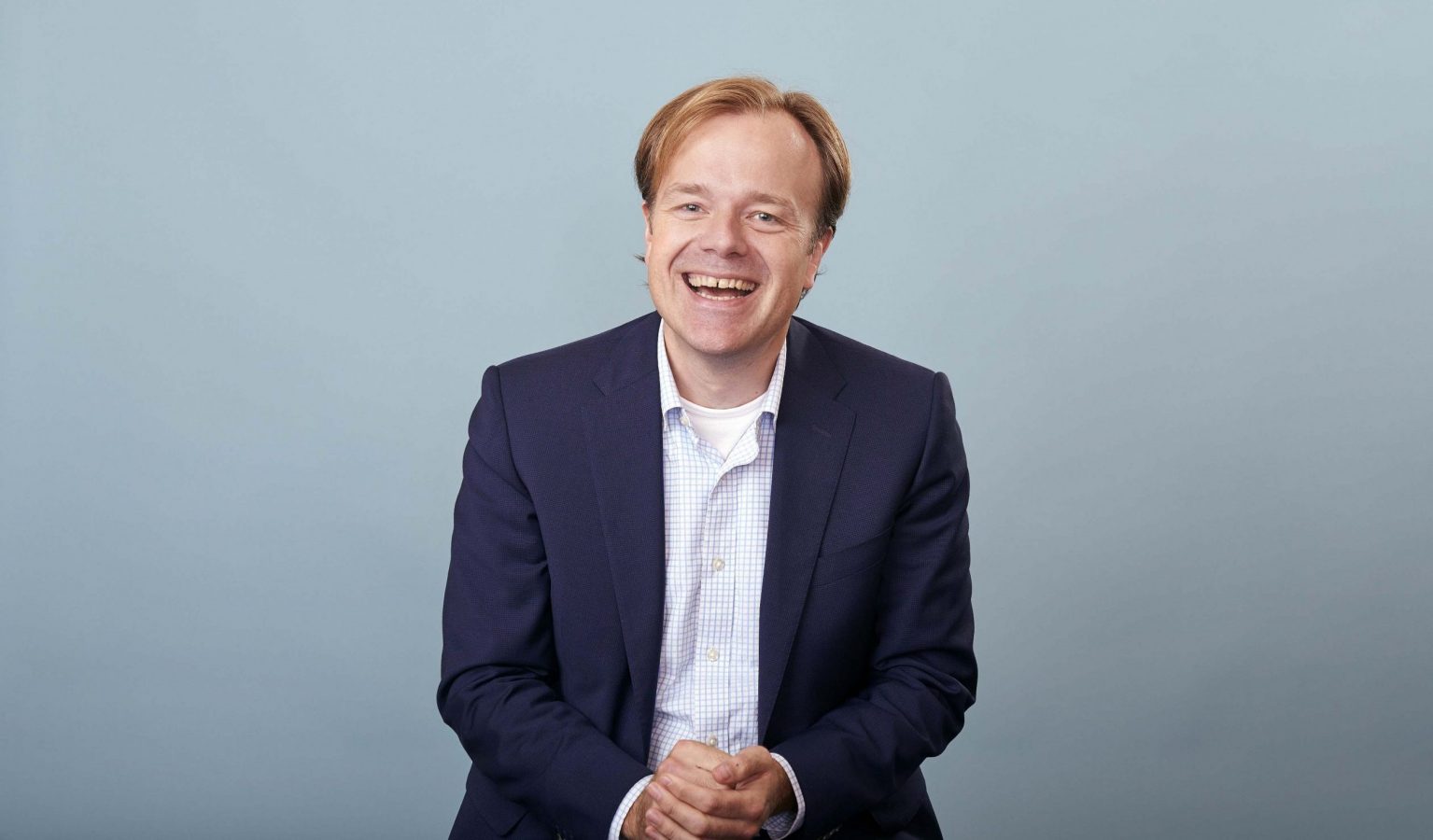Partnership to improve quality and maintain healthcare
Breast cancer is the most common type of cancer among women in the Netherlands. As many as one in seven women, and their immediate social circle, will be affected. A ‘lump’ or an abnormality found during population screening is often the start of a period of uncertainty in which they will have much to deal with. It is therefore important that healthcare for women with suspected or confirmed breast cancer is organised as optimally as possible.
Increased volume standards, new techniques and the combining of expertise has led to an increase in the quality of breast cancer care in the Netherlands in recent years. In line with this, we received a request from not one, but three healthcare institutions, for breast cancer care to be organised differently in their region.
Although medical specialists already collaborate effectively, they need help to integrate further, and to translate their shared vision into a concrete plan that can be successfully implemented: “How can our vision on paper become reality, so that we can improve the quality of breast health and breast cancer care, make investments, and maintain the long-term healthcare in the region?”
Fundamental choices lead to a plan supported by everyone
‘One evening in May, a group of fifteen healthcare professionals were looking at us impatiently. Having developed a solid plan for our patients, they felt there would be nothing standing in the way of implementing the best possible care. But when it came to the question of what constitutes best care, what you understand quality to be, and how demonstrates this clear, there appeared to be no unequivocal answer. Breast cancer care is complex and multidisciplinary in nature and can be managed in many different ways. We compared the patient pathways of the three institutions, examined them thoroughly and encouraged the professionals to learn from each other’s strong points.
The list of opportunities for improvement was increasing, but different insights emerged as to how to solve these. By putting patients’ interests first, learning from national and international best practices, and involving third parties, we were able overcome the differences and make fundamental decisions.’ Ultimately, this resulted in a plan that everyone supports and that does justice to the efforts of the professionals, who gave up many of their free evenings in the service of improving healthcare.
New proposition results in a more patient-friendly and efficient care cycle
During this process, the participants and involved specialisms grew closer and a solid foundation was laid for successful long-term collaboration. The planning has led to a great deal of momentum among the professionals involved, and there is now a concrete implementation plan.
The partner organisations can now offer an appealing proposition for patients, their loved ones, and general practitioners. Healthcare has been completely redesigned in accordance with a more patient-friendly and efficient care cycle, established within an effective and purposeful healthcare process. As a result, more than 400 new breast cancer patients are diagnosed more quickly each year, are treated more effectively, and have their quality of life improved in the long term.






